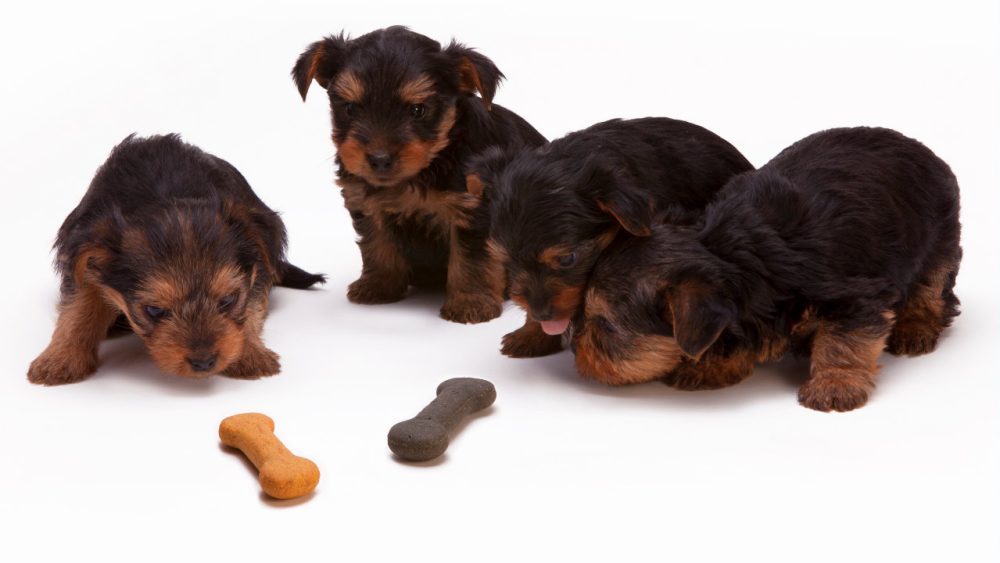At VetChat, we understand the growing trend towards fresh cooked and raw food diets for pets. Many pet caregivers are opting for raw or fresh cooked food as part of their pet’s diet, or in some cases, even as the entire diet.
However, before diving into this way of feeding, it’s crucial to consider a few essential factors to ensure your furry friend’s health and happiness.
First and foremost, as responsible pet carers, we play a vital role in providing a complete and balanced diet tailored to our pet’s specific life stage. Just like humans, growing kittens and puppies have different nutritional needs compared to adult pets. Ensuring their diet meets these requirements is essential for their overall well-being.
One of the primary concerns with raw and fresh food diets is maintaining nutritional balance. Without careful attention, your pet may experience dietary imbalances, such as calcium deficiency or an improper calcium-to-phosphorus ratio. Look for pet food products certified by AAFCO, which guarantees a balanced nutritional profile necessary for growth, reproduction, and maintenance.
Hygiene is another critical aspect to consider when incorporating raw food into your pet’s diet. Raw meat often harbours bacteria like campylobacter or salmonella, posing risks to both your pet’s health and your own. Practicing good hygiene habits, such as washing hands thoroughly before and after handling raw food, using separate food preparation utensils, and promptly disposing of pet waste, is essential to minimise the spread of bacteria.
Here are some simple yet effective tips to ensure hygiene and safety:
- Store raw food diets separately in the freezer or refrigerator, preferably on a bottom shelf or in a dedicated fridge.
- Wash hands with warm, soapy water for at least 20 seconds before and after handling pet food.
- Use separate bowls and utensils for pet food preparation, and clean them promptly after use.
- Avoid cross-contamination by never using pet food utensils or cutting boards for human food.
- Dispose of your pet’s poop promptly, with gloves for added protection.
Additionally, it’s crucial to be mindful of potential hazards associated with raw diets, such as feeding small or fractured raw bones, which can lead to choking, obstruction or fractures teeth.
If you’re considering transitioning your pet to a fresh cooked or raw food diet, remember to do so gradually over the course of at least seven days to allow their digestive system to adjust comfortably.
Lastly, if you’re unsure whether a fresh cooked or raw food diet is suitable for your pet, don’t hesitate to consult with your Veterinarian. They can provide valuable guidance and ensure that any dietary changes align with your pet’s unique health needs.
By keeping these factors in mind and prioritising your pet’s health and safety, you can embark on a rewarding journey towards providing them with a nourishing and wholesome diet they’ll love.


Comments are closed.